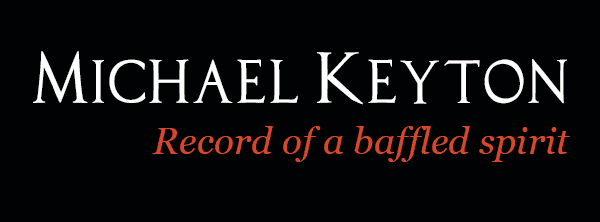James Burbage’s The Theatre was built
in 1576 in Shoreditch but was forced to close when Giles Allen who owned the land came
to the conclusion that theatre was little better than prostitution. Under
growing Puritan pressure The Theatre was dismantled plank by plank, ferried
across the Thames and reconstructed in Bankside or Southwark, the original ‘Sin City.' Being
outside the ordinances of London, taverns, brothels, gambling dens and theatre
flourished.
The Theatre - now The Globe, was completed in
1599 but was burnt to the ground in 1613 during an over ambitious production of
Henry VIII. To announce the appearance of the king on stage, a cannon was fired
and its sparks set the thatched roof ablaze. Rebuilt in 1614 – but without
using thatch—the Globe lasted until 1642 when it was closed by the Puritans and
razed to the ground in 1644.
It was over zealous Puritans that
did for it, and a visionary American – Sam Wanamaker who saw its resurgence
in the 1970s. Overcoming all opposition and using the plans of contemporary
theatres, old engravings and the original foundations, Wanamaker built an
almost exact replica using unseasoned green English oak and the technology of the time.
Why am I rabbiting on about this?
My daughter currently works there as a highly effective tour guide – one of a
portfolio of jobs she has keeping body and soul together.

As we waited outside, I couldn't resist taking a photo of modern London, in the interests of comparison. And if the link works, you can only imagine what Southwark was like if this was the more respectable London.
Records show they could squeeze in a thousand 'groundlings' in the open space in front of the stage. Entry cost a penny (in old money) and there were no toilets. Your choice was to vacate the playhouse and wee outside before spending another penny to re-enter - hence the term 'spending a penny'. A more popular alternative was to wee where you stood, (Rather like old Liverpool matches before they had seating) adding to the rich mulch of pastries, nut kernels and occasionally something more substantial.
Above the stage is where the 'A listers' sat. In the foreground is the standing area where the 'groundlings' were crammed together. In this instance they would have been seeing a group of actors trudging around the stage making strange whooshing noises. A workshop that had hired the stage for the night.
Above the stage is where the 'A listers' sat. In the foreground is the standing area where the 'groundlings' were crammed together. In this instance they would have been seeing a group of actors trudging around the stage making strange whooshing noises. A workshop that had hired the stage for the night.
This tiered seating allowed for a good view of the stage, if you could afford it. It also allowed a good view of the aristocracy who could afford to sit above and behind the stage.
Above and behind the stage, on the face of it, seems slightly ridiculous. Why would aristocrats, gentry and men of means pay more to see less - ie the heads and backs of the actors?
The point of course was less to see the play and more to be seen - Tudor and Stuart Selfies if you will, the instagram experience of old England.
And this is my last post before the New Year. A Merry Christmas and a Happy New Year to everyone.























